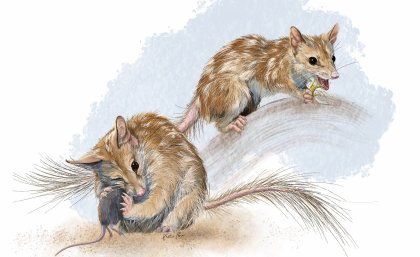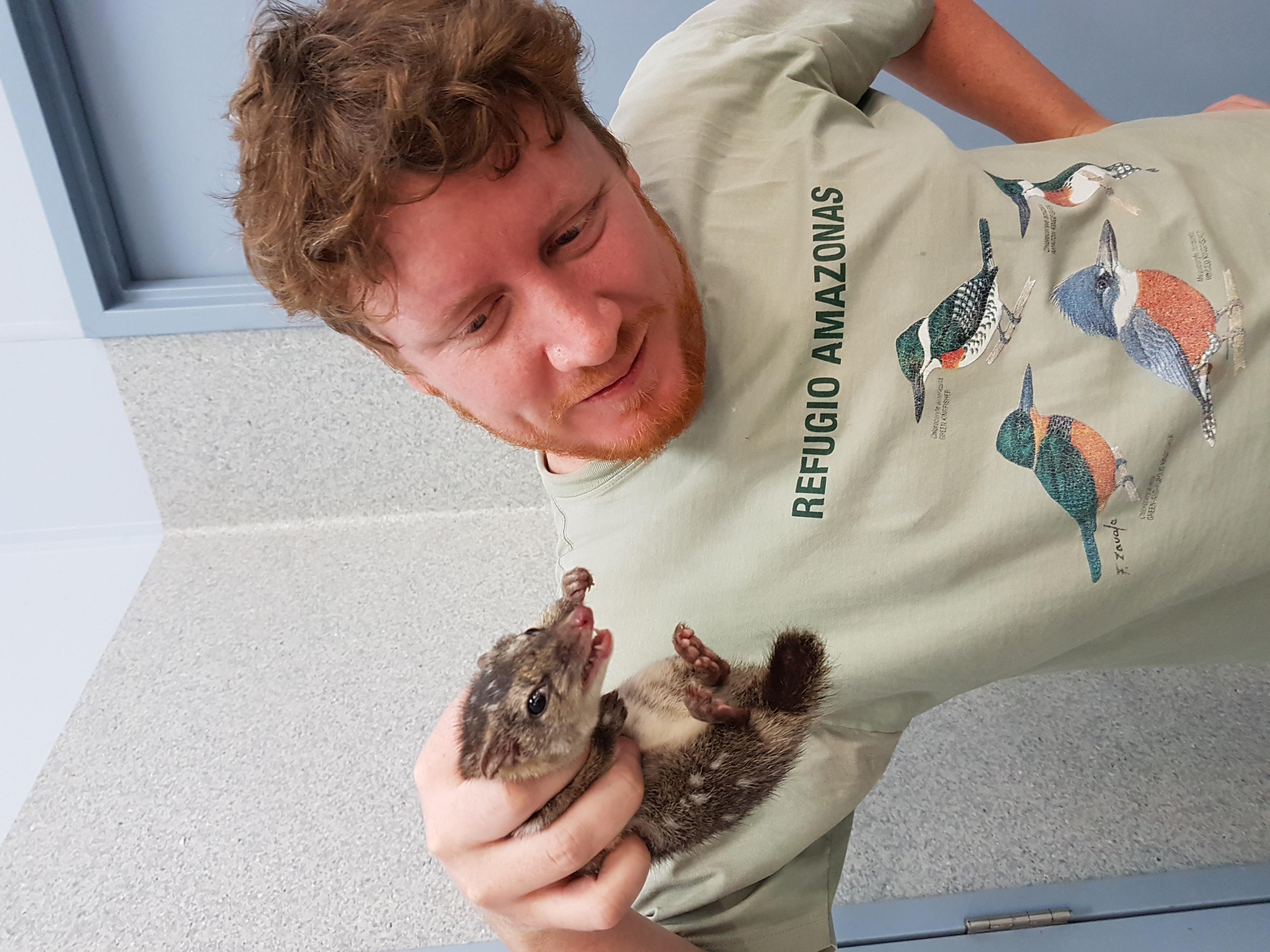
The northern quoll, one of Australia’s most adorable and endangered native carnivores, appears to be adapted to dramatically different landscapes – which may be key to the species’ survival.
University of Queensland PhD candidate Pietro Viacava co-led a study that found similarities between northern quoll skulls across a 5000 kilometre range, which has raised hopes scientists will be able to cross-breed isolated populations.
“Northern quolls are in danger – a lot has been thrown at them,” Mr Viacava said.
“They’ve been victims of a devastating cane toad invasion, increases in bushfires and habitat fragmentation, all while facing stiff competition from other carnivores such as dingoes and cats.
“The problem we are facing with conserving the northern quoll is that there may be too little genetic diversity in these handful of remaining populations, scattered across Australia.
“If we cross-bred them, we might run the risk that they wouldn’t be ideally suited to these diverse environments.
“Their skulls, for example, might not be properly adapted to eat local prey, as it differs across Australia.
“Luckily, this doesn’t seem to be the case – these quolls seem to be incredibly versatile.”

The research team used a technique known as ‘geometric morphometrics’ to characterise skull shape variation in museum specimens of northern quolls.
They looked for shape differences between populations, or whether environmental conditions coincided with changes in skull shape.
Dr Vera Weisbecker from the Flinders University College of Science and Engineering supervised the study, and said the results appeared to be a win for northern quoll conservation.
“Quoll skull shapes were mostly similar across their entire range, although the shapes did vary with the size of the animals,” Dr Weisbecker said.
“This means, for example, that a quoll skull from Pilbara region in WA looked nearly the same as a similar-sized one from south-eastern Queensland, 5000 kilometres apart.
“Although other parts of the animal’s body and genetic factors need to be considered, we will most likely be able to breed animals from different populations for conservation without losing adaptations to feeding.”
However, there is also a much less positive potential explanation for the results.
“Scientists have long suspected that marsupial mammals – such as quolls, kangaroos and koalas – are seriously limited in the degree to which they can adapt their skull and skeleton,” Dr Weisbecker said.
“This is because newborn marsupials require a specifically shaped snout to be able to latch onto the mother’s teat.
“In that case, what we see may actually be a serious limitation on the ability of quolls to adapt, rather than the much more hopeful multipurpose solution we propose.”
To further explore this possibility, the team is now looking at how closely related species of antechinus – smaller quoll relatives – differ in skull shape.
The research is published in Ecology and Evolution (DOI: 10.1002/ece3.6593).
The team includes researchers from UQ, Flinders University, Queensland University of Technology and the University of New England, with funding from the Australian Research Council.
Image 2: UQ's Pietro Viacava with a northern quoll on the island of Groote Eylandt in the Northern Territory
Media: Pietro Viacava, p.viacava@uq.edu.au, +61 411 475 209; Dr Vera Weisbecker, vera.weisbecker@flinders.edu.au, +61 487 385 214.
.jpg)










